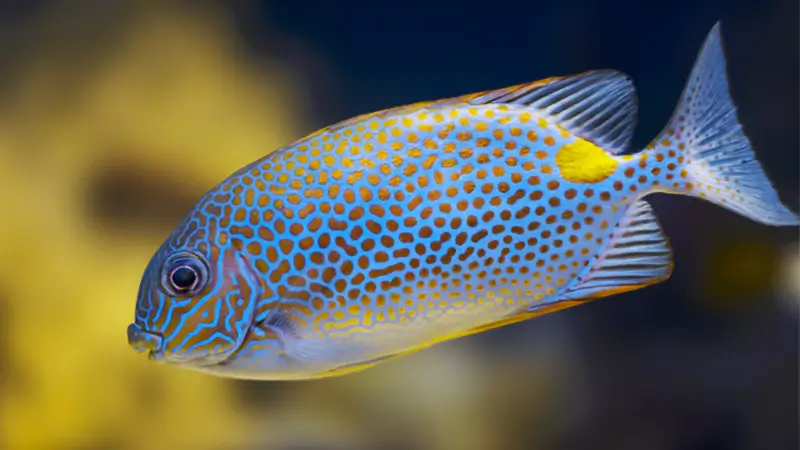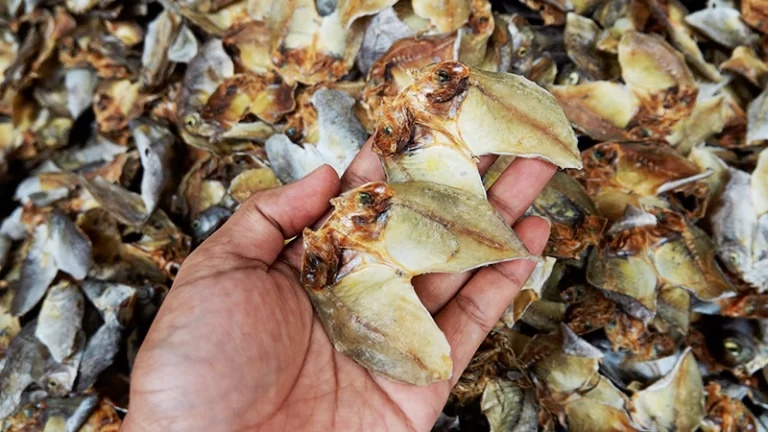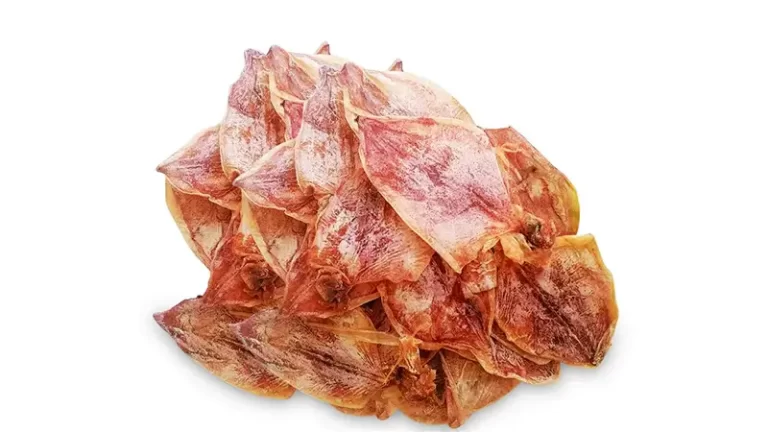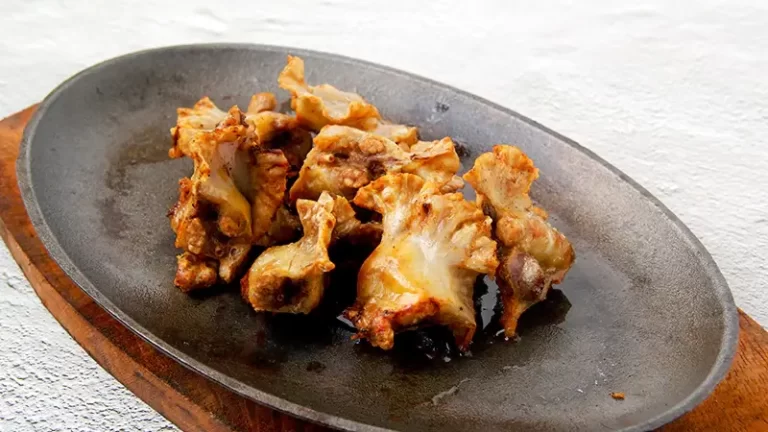Who doesn’t love dried danggit? Its crunch, saltiness, and how complements the taste of vinegar, make this dried seafood an ultimate favorite.
It’s probably one of the most popular dried fishes together with the many varieties of tuyo/pinakas and dilis/balingon.
But, while you may have eaten danggit hundreds of times already, have you ever wondered “What is danggit fish in English?”
Well, you don’t have to wonder anymore because the answer you’re looking for is right here!
Keep reading to find out what danggit is in English, along with some interesting facts about danggit fish.
What Is Danggit Fish in English?
Locally known as danggit – also known as boneless danggit, dried danggit, or danggit bulad – the English name of danggit is rabbitfish or spinefoot.
Salted, sun-dried rabbitfish (aka spine foot) is abundant and native to the Philippines’ shallower waters, particularly in Cebu.
The fish are split open, cleaned, salted, and spread out on drying racks under the sun.
About Rabbitfish. Rabbitfishes or spine-foots are perciform fishes in the family Siganidae. The 29 species are in a single genus, Siganus.
In some now obsolete classifications, the species having prominent face stripes—colloquially called fox faces–are in the genus Lo.
Other species, such as the masked spine foot (S. puellus), show a reduced form of the stripe pattern.
Rabbitfishes are native to shallow waters in the Indo-Pacific, but S. luridus and S. rivulatus have become established in the eastern Mediterranean via Lessepsian migration.
They are commercially important food fish and can be used in the preparation of dishes such as bagoong.
20 Interesting Facts About Danggit Fish
Now, you already know that boneless danggit is delicious when cooked. But, here we share some other interesting facts about rabbitfish aka danggit fish:
- Rabbitfish can reach 9.8 to 21 inches in length. This is why you see some danggit fish that are bigger in size.
- One 100g serving of rabbitfish has 21.3g of protein and 2g of good fat. It can provide around 98 calories of energy. It is a good source of minerals like sodium, potassium, calcium, fluorine, magnesium, and phosphorus.
- Rabbitfish is a diurnal animal (active during the day). It often hides in the crevices of rocks during the night. So, if you want to catch some rabbitfish and make your own danggit, make sure to fish during the day!
- The flesh of rabbit fish has a moderate flavor. The meat stays firm even in gravies and hence they are good in curries. They do not go well while poached. They are best when grilled, baked, pan-fried, or deep-fried.
- Young rabbitfish often gather and feed in groups (also known as schools). Coral reefs provide both protection and an ideal source of food for young fish.
- Adult rabbitfish live in pairs. Males and females usually form couples when they reach the length of 4 inches. Pairs often last until one of the partners dies.
- Rabbitfish are able to change the color of their body during the night or when it is faced with danger and to blend with the colors of their environment (to become nearly invisible).
- Most species of rabbitfish are olive or brown-colored, with yellow, black, and white markings on the body and tail. Some species have black stripes which stretch diagonally from the mouth to the top of the head and cover the eyes.
- All species of rabbitfish with prominent black stripes on the face are known as “Foxface rabbitfish”.
- Rabbitfish is herbivore (plant-eater). Its diet is based mostly on algae. Some species of rabbitfish eat zooplankton and corals.
- Rabbitfish is popular among aquarists because it eliminates seaweed (such as feather caulerpa) which often covers rocks and walls of aquariums.
- Rabbitfish have an elongated snout, large eyes, rabbit-like, small mouth (hence the name – rabbitfish), an oblong body. Its pelvic, dorsal, and anal fins consist of stout spines and soft rays.
- Most marine predators avoid rabbitfish because of their sharp, poisonous spines. Inappropriate handling of rabbitfish often results in painful injuries. Luckily, the venom of rabbitfish is not life-threatening for humans.
- The spiny fins of rabbitfish are equipped with venomous glands. Hardly detectable spines become prominent when rabbitfish are threatened. Even though rabbitfish are not aggressive by nature, they do not hesitate to stab predators in self-defense.
- Rabbitfish is popular among aquarists because it eliminates seaweed (such as feather caulerpa) which often covers rocks and walls of aquariums.
- Some species of rabbitfish occupy and defend their territory.
- Little is known about the reproductive behavior of rabbitfish except that they spawn (release eggs) at the open sea from March to May.
- Rabbitfish have venomous spines in the dorsal and pelvic fins. In at least one species the venom has been found to be similar to that found in stonefish.
- Rabbitfish can be important species for commercial fisheries, particularly the schooling species. The catch is largely sold fresh but juveniles may be dried or processed to make a fish paste. Some species are used in aquaculture and some of the more colorful species are found in the aquarium trade.
- Rabbitfish are commercially important food fish and can be used in the preparation of dishes such as bagoong and of course, danggit.
Danggit: Price and Where to Buy
Boneless danggit is available in almost all supermarkets in the Philippines. But, one of the best places to buy danggit fish is in Cebu, particularly Taboan Market.
You can also buy danggit online! There are many sellers in Shopee and Lazada who sell pre-packed danggit.
Prices can range from Php175 (200 grams) up to Php850 (1kg) – or more. Danggit rates can also vary if you get unsalted or salted danggit.
















